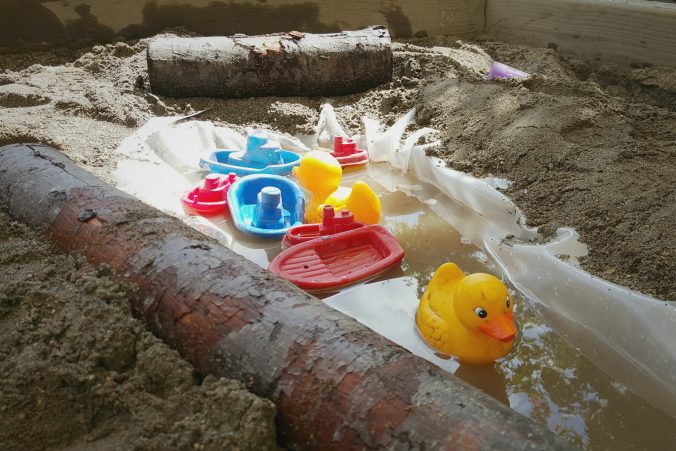Another Black Friday comes and goes and with it more rallies against climate change (Nov 29th Climate Rally Vancouver). Before embarking on my final reflections for EDCI: Interactive and MultImedia Learning, I couldn’t help but take a moment to ponder over the correlation between digital technology and the environment …
Over the last several decades, life has become more and more entangled with digital technology: mobile “smart” technologies have become essential appendages for work, learning, and leisure (European Commission, 2013), while the production of such technology and the data linked to it, which is often perceived as floating in cyber space, impart serious consequences to the environment. All of which causes me to question: Should/can/will technology be essential for life in the future?
It seems to me that there are two conflicting movements happening simultaneously: (1) a call for action against industry giants from all sectors and a movement to create more sustainable locally focused communities, and (2) a motion for the development of new learning practices and environments that will prepare learners for life in a global, digitized world.
From the articles and research I encountered throughout Interactive and Multimedia Learning, it is clear many authors agree that “there is an urgent need for populations to develop the skills and knowledge required to navigate a complex technological world.” (Marsh et al., 2017) I do not disagree with those who advocate for more and better quality digital literacy education. I do wonder, however, how continuing to incorporate technology into education, especially when it is simply substituted in for another material, will increase our reliance on it and the rate at which it is being manufactured.
The below TedTalk with Leyla Acaroglu presents a refreshing perspective on sustainability. Her thoughts on how to determine the environmental impact of the materials we use and what we choose to consume are especially eye-opening. Take a look:
If digital technology cannot be left out of education then how can educators present it in a way that ignites critical thinking, creativity, and sustainability?
That’s all for now.
Thank you for reading and happy pondering,
EJ
Up next… Final reflective post for EDCI: Interactive and Multimedia Learning
References
Acaroglu, L. (2013) Paper beats plastic? How to rethink environmental folklore [Video file]. Retrieved from https://www.ted.com/talks
European Commission (2013). DigComp: The digital competence framework for citizens. The Conceptual Reference Model. Luxembourg: European Commission.
European Commission. (2013). Survey of schools: ICT in education. Benchmarking Access, Use and Attitudes to Technology in Europe’s Schools. Luxembourg: European Commission.
Marsh, J., Kumpulainen, K., Nisha, B., Velicu, A., Blum-Ross, A., Hyatt, D., Jónsdóttir, S.R., Levy, R., Little, S., Marusteru, G., Ólafsdóttir, M.E., Sandvik, K., Scott, F., Thestrup, K.,Arnseth, H.C., Dýrfjörð, K., Jornet, A., Kjartansdóttir, S.H., Pahl, K., Pétursdóttir, S. and Thorsteinsson, G. (2017) Makerspaces in the Early Years: A Literature Review. University of Sheffield: MakEY Project.


Leave a Reply